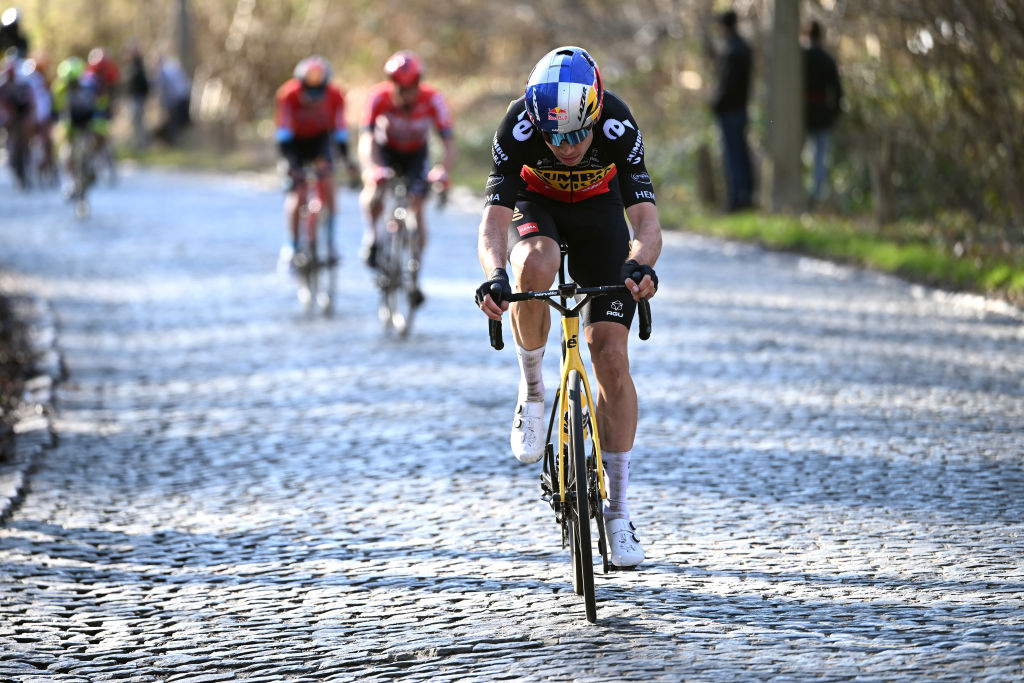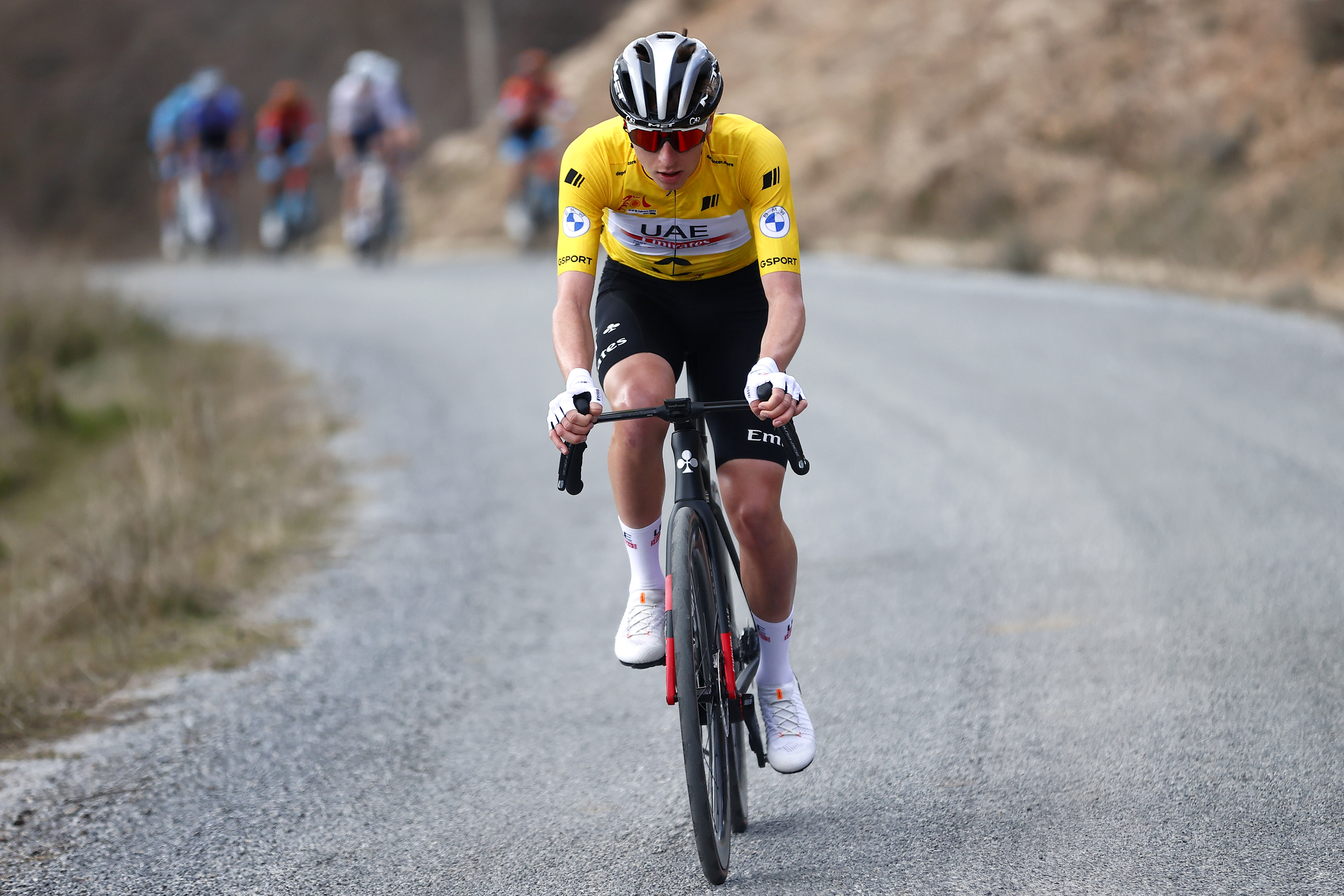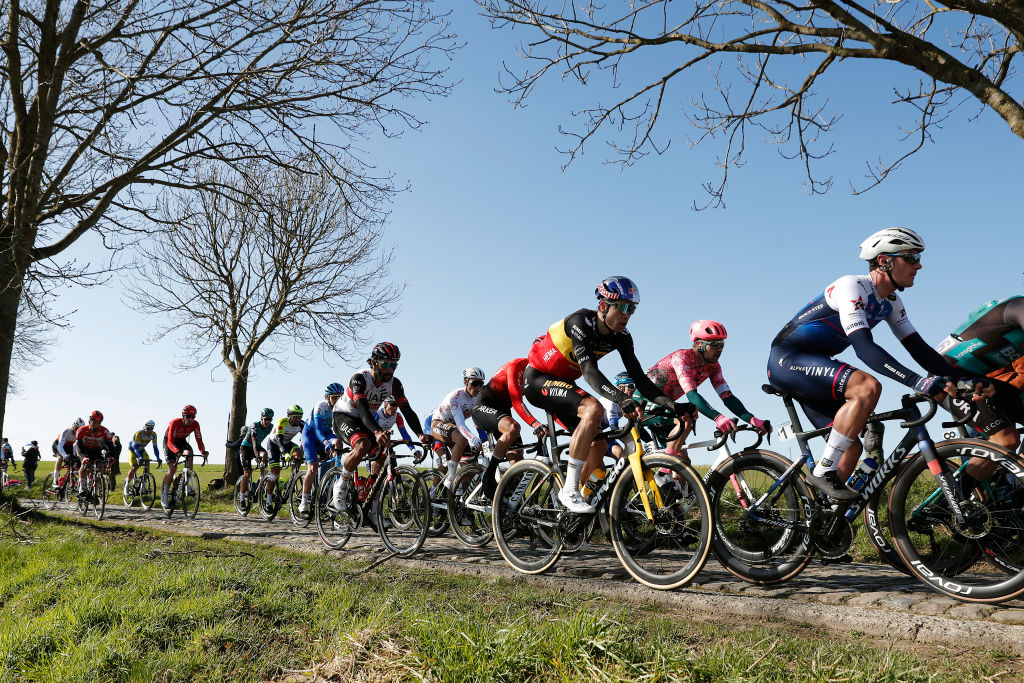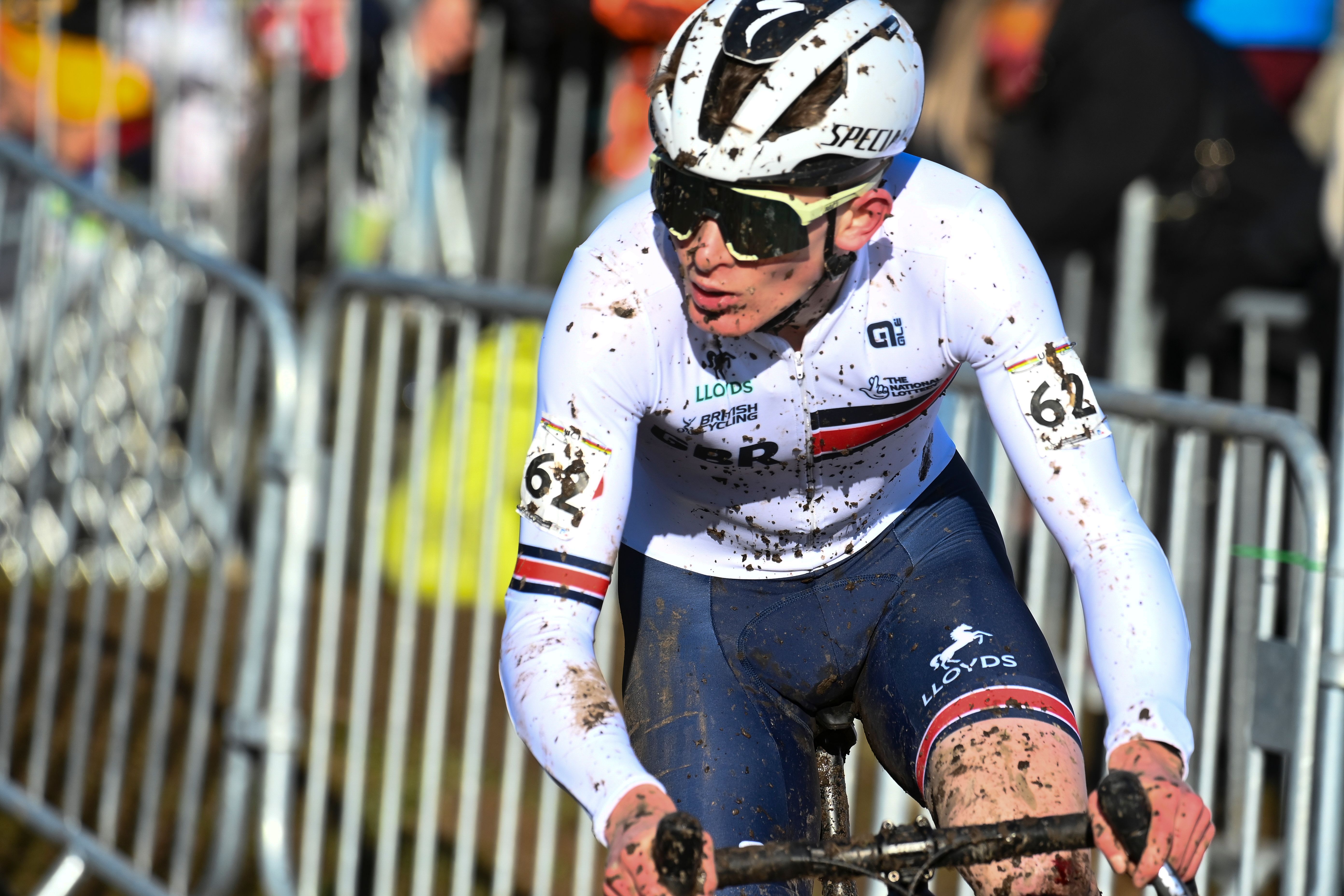Finding form at Opening Weekend - How good is too good?
Conventional wisdom suggests 100% form is dangerous, we ask the current crop of pros and support staff

The Opening Weekend might just be the most cliché-ridden event of the international cycling calendar. Alongside the purists' continued insistence that 'this is where the season really starts', there's also the question of riders' form and the idea that you want to be 'good but not too good'.
But is this in danger of dying out?
"Nowadays I don't have really the feeling that someone is peaking," Mike Teunissen, who leads Intermarché-Circus-Wanty at the double-header of Omloop Het Nieuwsblad and Kuurne-Brussel-Kuurne.
The Belgian was speaking at the recent Volta ao Algarve, at a time when Tadej Pogačar was running riot in Spain, winning on his 2023 debut at Jaén Paraiso Interior and then taking three stages and the overall title at Ruta del Sol.
Pogačar will not race Opening Weekend but will be one of the favourites for this year's Tour of Flanders after his scintillating debut last year. Which is throwing old conventions about the Opening Weekend form book up in the air.
"I have the feeling everyone is riding fast everywhere," Teunissen added. "I think you need to be at 99.5%, because with 99% you will be dropped."
However, those percentages were dialled down somewhat by the majority of riders and directors Cyclingnews spoke to in the Algarve.
The latest race content, interviews, features, reviews and expert buying guides, direct to your inbox!
"You want to be good but not like 100%," said Kasper Asgreen, a former winner of Kuurne and Flanders. "Like 98%, I would say."

Meanwhile, his Soudal-QuickStep director Tom Steels put it at 95%, a figure which Groupama-FDJ's Stefan Küng deemed adequate to be in with a shot of victory.
The concern that clearly still looms large in the minds of most is the length of time between the Opening Weekend and the 'real' goals of the main Classics period. Taking place in late February, Omloop and Kuurne don't exactly open the Spring, with most going to Paris-Nice or Tirreno-Adriatico and then racing Milan-San Remo before they come back to the cobbles of northern Belgium. As such, E3-Saxo Bank Classic is still a month away, the Tour of Flanders more than a week after that, and Paris-Roubaix a further week away.
"It's a long period," Kasper Asgreen, a former winner of Kuurne and Flanders, says. "If you're flying at Omloop, it's a long long way to Roubaix."
The statistic that's most striking in this regard is that no one has ever won Omloop and the Tour of Flanders in the same year, and the former has been going since just after the Second World War. It's a marked contrast with E3, which shares a similar parcours and in the past 25 years has produced nine Flanders champions.
The Omloop statistic looked destined to be ended last year by Wout Van Aert, who cruised home solo before going on to win E3 alongside a teammate and set himself up as the overwhelming favourite for Flanders. But he was struck by COVID on the even of the race and the curse was upheld - reinforced event.
Van Aert, like Pogačar, is another rider who is so good so often that peaks of form are made to seem like an outdated concept. But perhaps for the mere mortals, the old rules must still apply, like for Pogačar's own Classics lieutenant, Matteo Trentin.
"I don't think you have classics guys really peaking in Opening Weekend, because then you've got to go to Paris-Nice and Tirreno and do another big block of racing where, if you're really on the top most likely you're going to go down.
"You need to be 'good enough'. Not on the peak but good enough to handle the two races and be ready to handle Paris-Nice, Tirreno or the other Belgian races. So the form has to be good. But not that good."

Teunissen raised another pertinent point, that of the Omloop and Kuurne being big races - and therefore big targets - in their own right. It's all well and good for the top Classics contenders to bide their time, but surely that raises opportunities for underdogs to come in hot and grab an opportunity.
"It's not as if there are 20 big Classics every year," said the Belgian, who's set to work for Biniam Girmay later in the Spring. "For sure it would be nice to do good results, especially because Biniam is not there so I can do my own thing. I will try and make the most of it, for sure."
The point was reinforced by Steels, whose QuickStep squad are the perennial reference point for the Classics.
"There's always that one guy who is at 110% in the Opening Weekend who can beat you," Steels said, before warning: "But then they fade towards the end of Paris-Nice or Tirreno.
"You just have to be competitive, winning or losing. If you're blown away that's also not good but if you don't win it's not a disaster."
Those 110% riders - as with the Pogačars and Van Aerts of this world - are few and far between, however. Of the riders Cyclingnews spoke to, the idea of holding something back for the main cobbles period held firm not only for the top Classics contenders but also the lesser lights and the support riders. If Flanders and Roubaix are on your schedule, the approach is similar, no matter the role.
But that's not to say Opening Weekend should be underestimated, as Groupama-FDJ's Stefan Küng pointed out.
"For sure it's better to have good feelings out of Omloop than if you're really lacking and you have to keep up," said the Swiss.
"You don't want that big pressure that you have to get better, because it's hard from the end of February to make really big improvements through training."
By the end of this weekend, there will be winners and losers, and everyone will at least know where they stand. With percentages and clichés flying about, Tom Pidcock's coach, Kurt Bogaerts, perhaps captured it best: "You need to be in very good shape but not jumping out of your skin."
Patrick is a freelance sports writer and editor. He’s an NCTJ-accredited journalist with a bachelor’s degree in modern languages (French and Spanish). Patrick worked full-time at Cyclingnews for eight years between 2015 and 2023, latterly as Deputy Editor.

